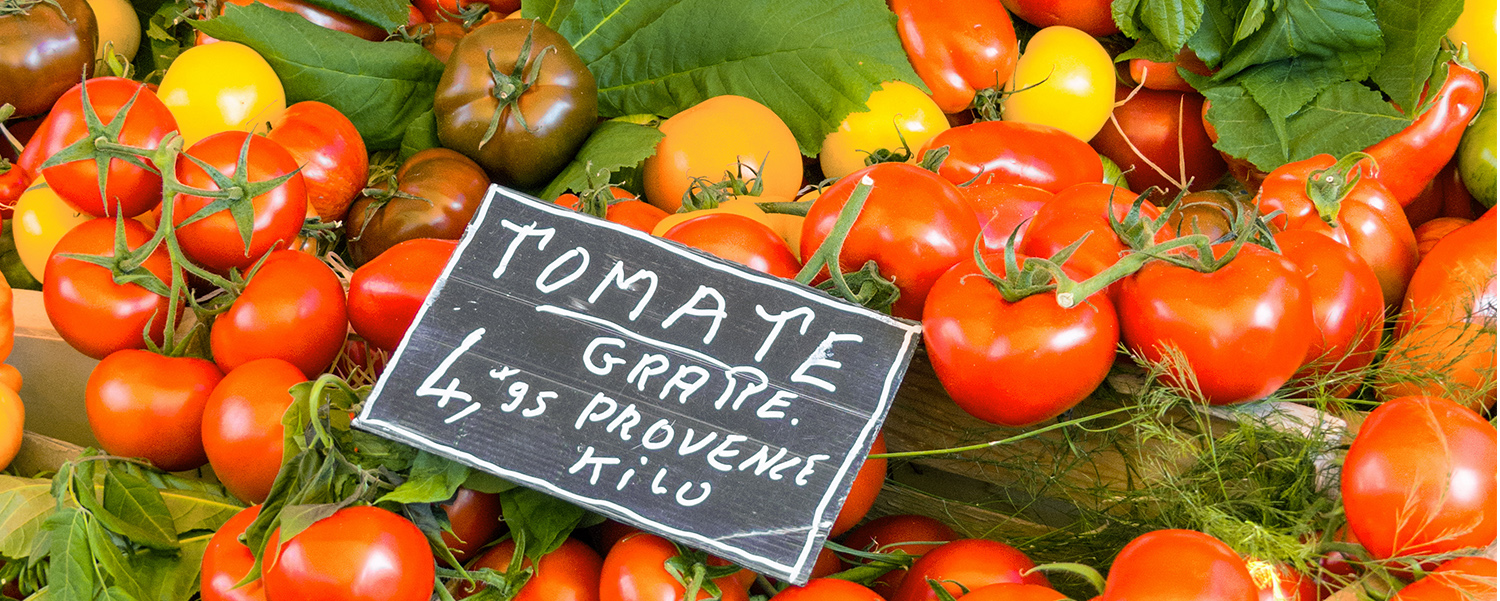New methods can reveal organic food fraud
New methods can detect whether or not a plant is organically grown. The methods are developed by the AuthenticFood consortium funded by CORE Organic. Preliminary results were presented in Stockholm in October.

By Marie-Louise Andersen and Ulla Skovsbøl
Organic food fraud might be easier to reveal in the future, when a new testing method developed but the Authentic Food Consortium have been fully developed. So far the methods have been successfully tested in tomatoes. The preliminary results were presented at a scientific seminar in Stockholm in October are promising:
“We have developed and tested a portfolio of analytical methods such as stable isotope analysis of nitrogen and oxygen in specific plant compounds,” the project manager Kristian Holst Laursen explained.
“This work has shown that several methods are much better at discriminating the chemical composition of organic and conventional plants than the traditional pesticide residue analysis,” he told.
Despite several attempts to develop suitable analytical methods for organic authentication, pesticide residue analysis is still the most popular approach.
Pesticide residue analysis is insufficient
“But in some cases you actually find organically produced products which contain pesticide residues and conventional products which do not,” Mr. Laursen said.
Pesticide residue analysis does not show whether the pesticides originate from the soil, the water or even from air pollution from surrounding conventional fields. Therefore, the analysis cannot reveal if an organic plant product has been produced according to the organic rules.
The final results of the research are still pending, but Kristian Holst Laursen and the AuthenticFood consortium will now encourage certification and inspection bodies to complement the insufficiently sensitive pesticide residue analysis with the new methods.